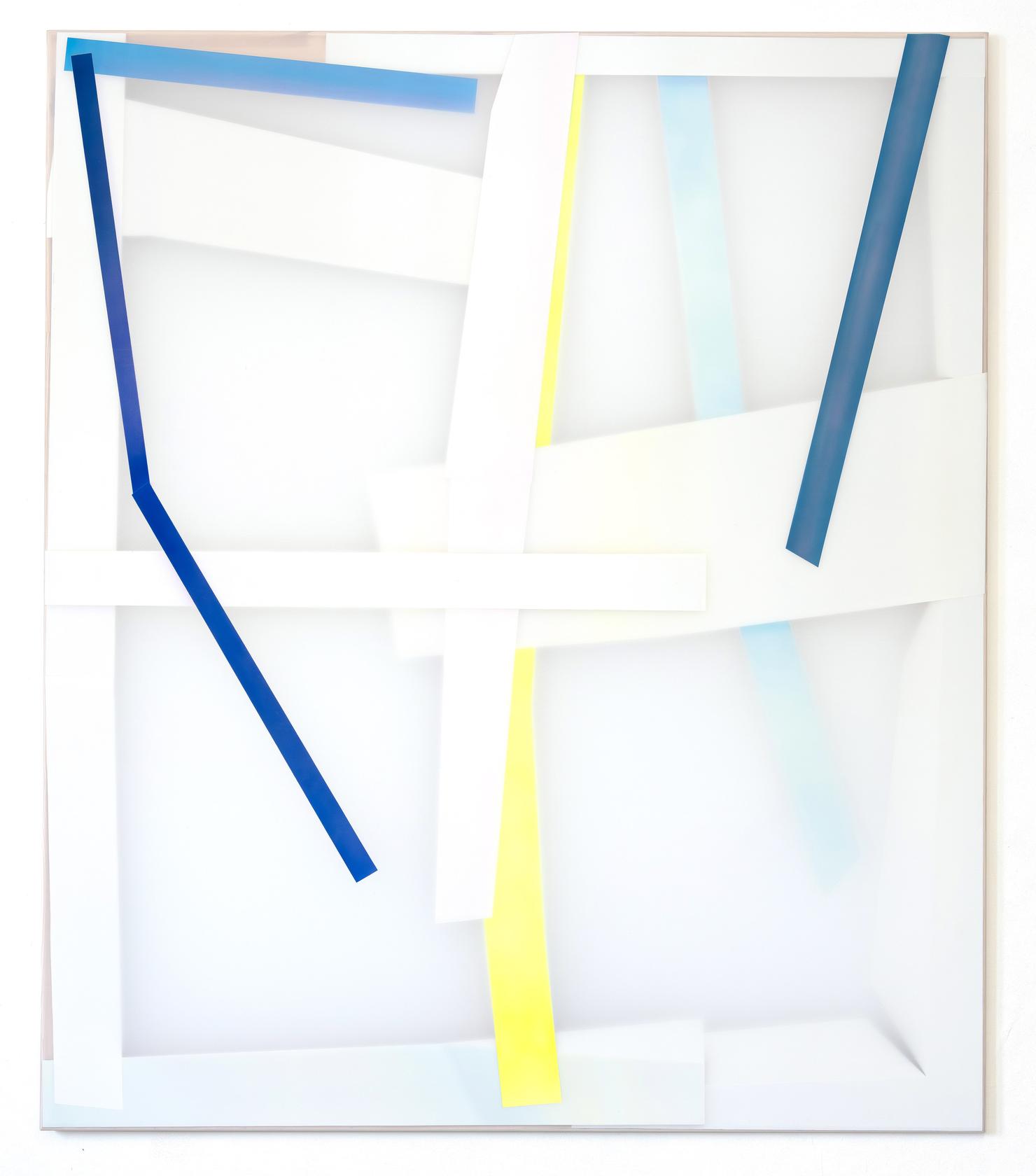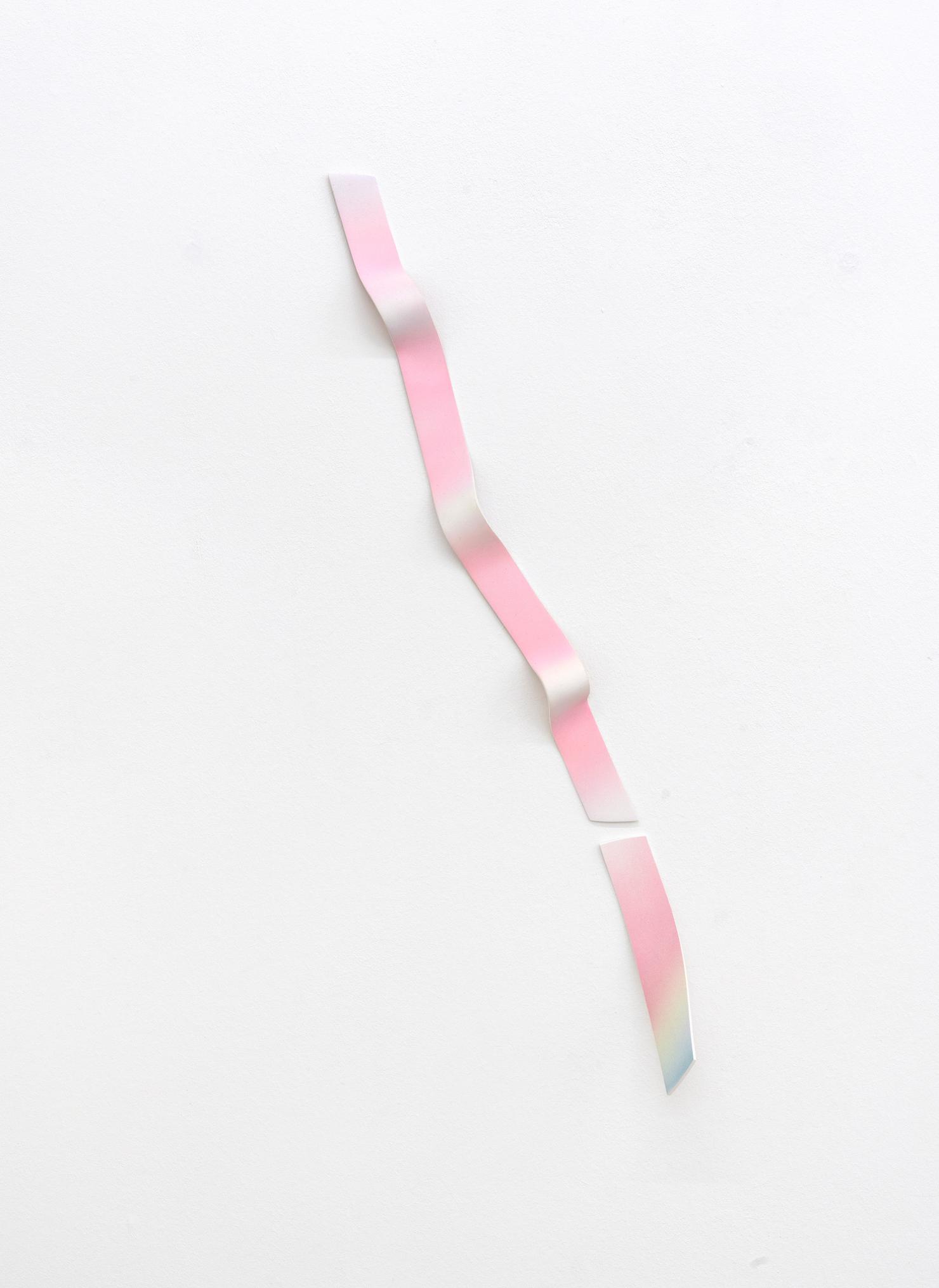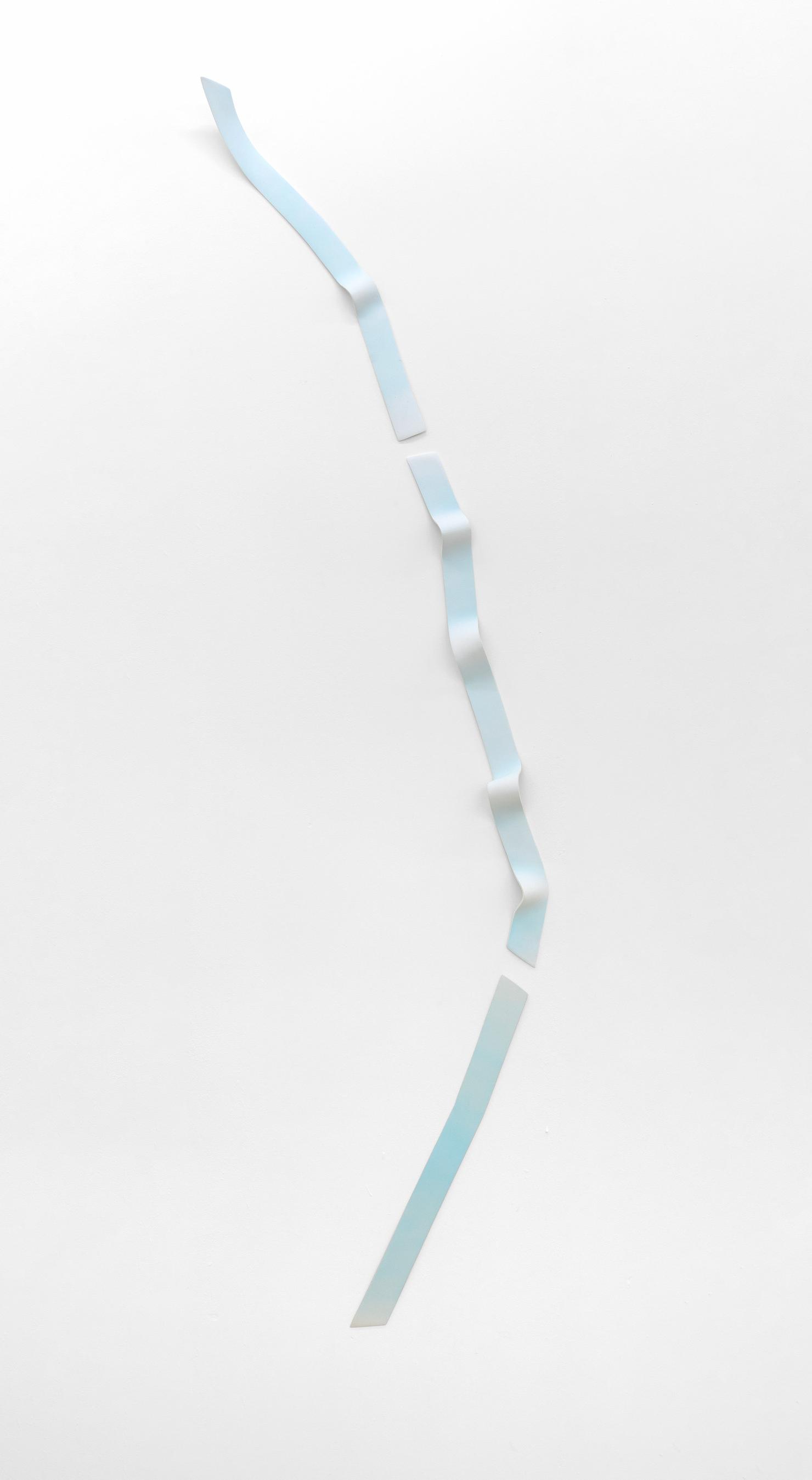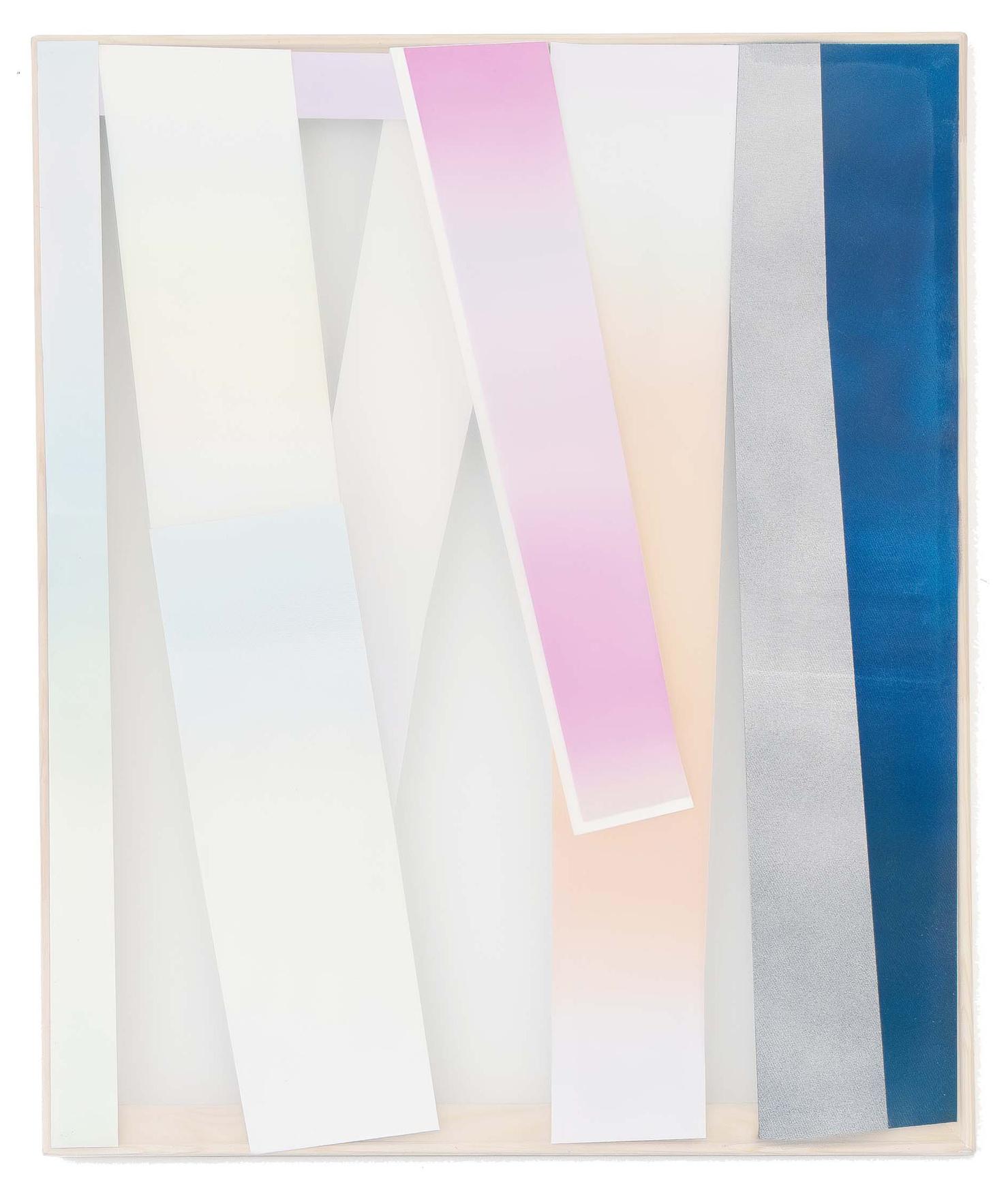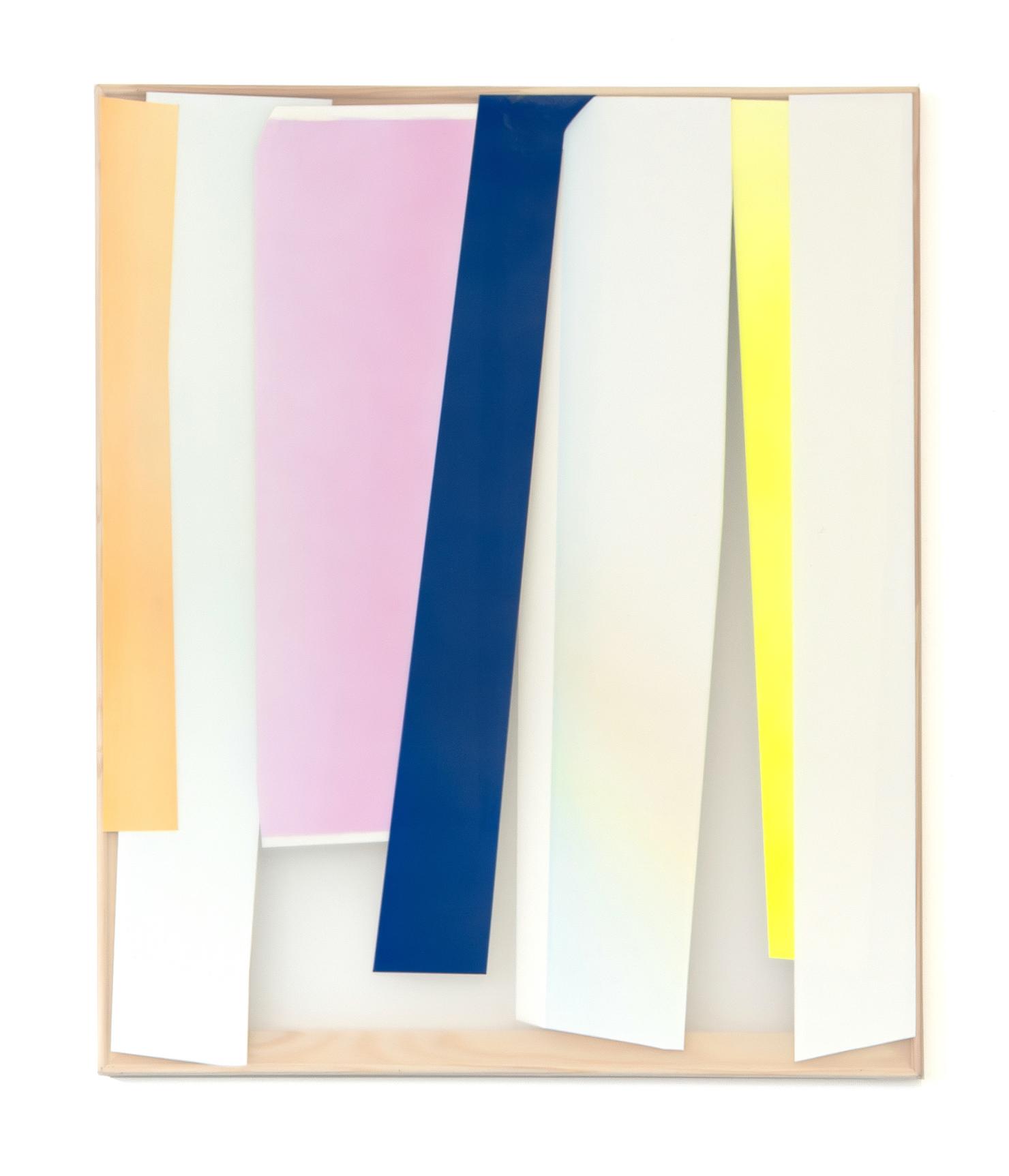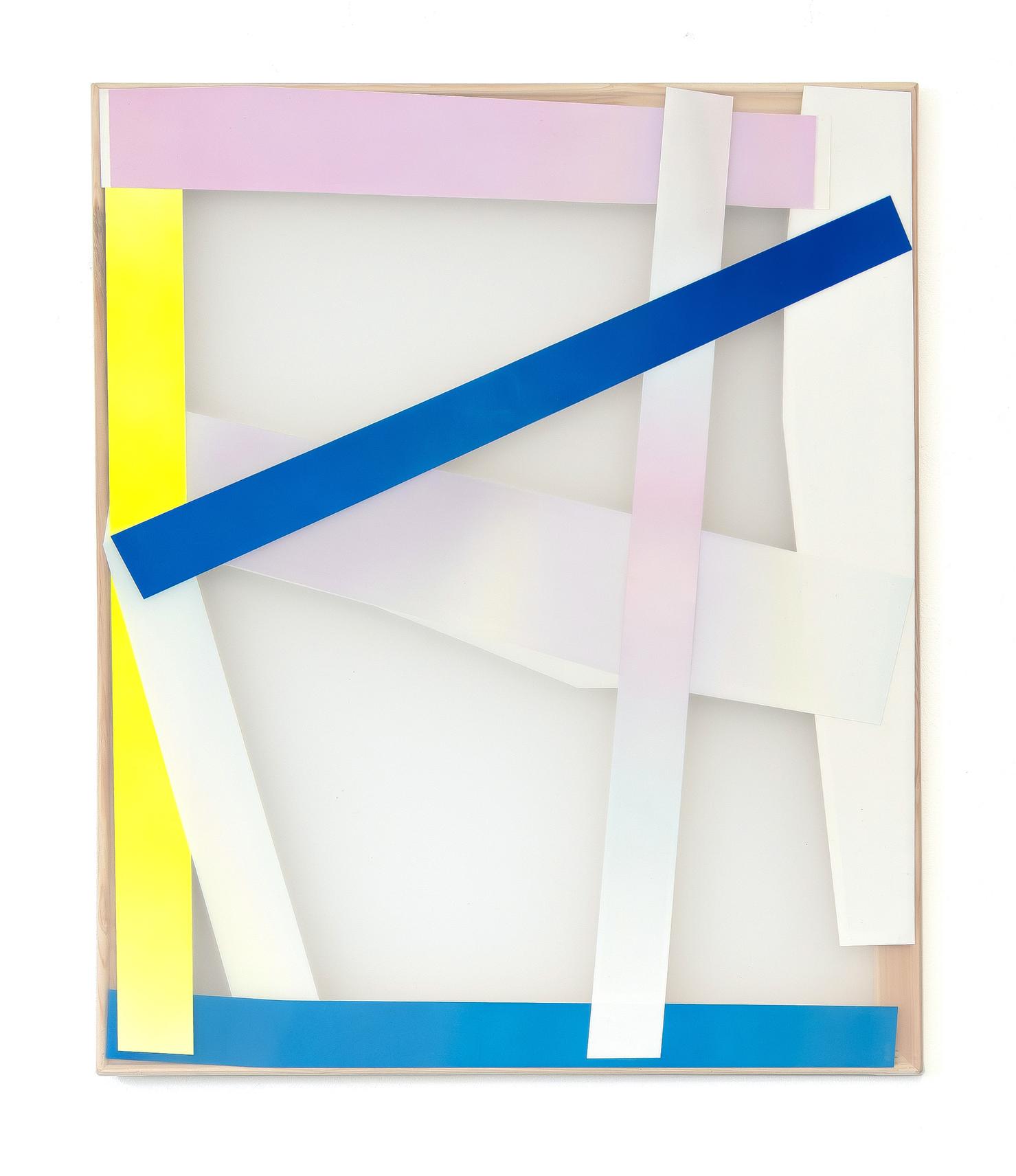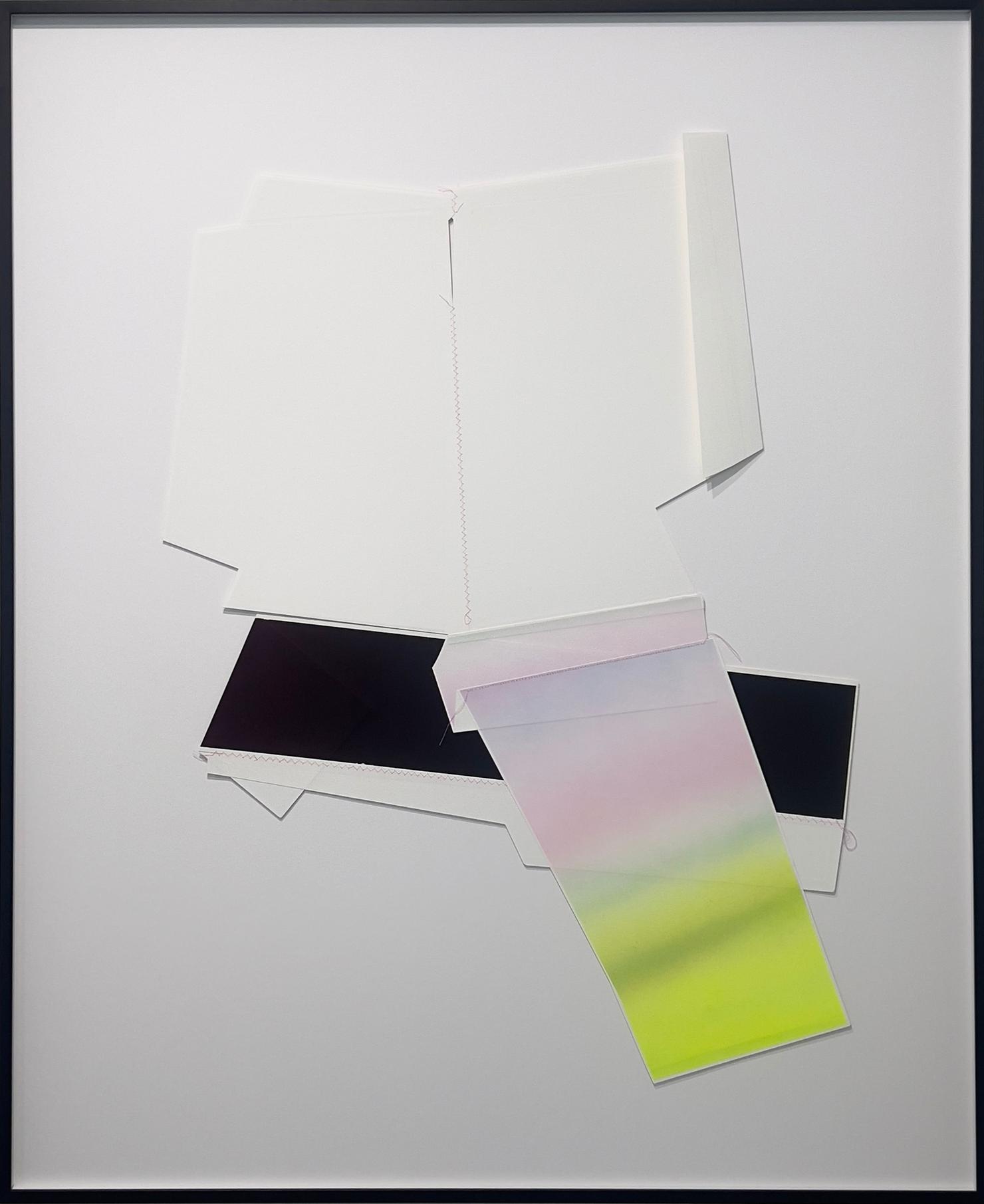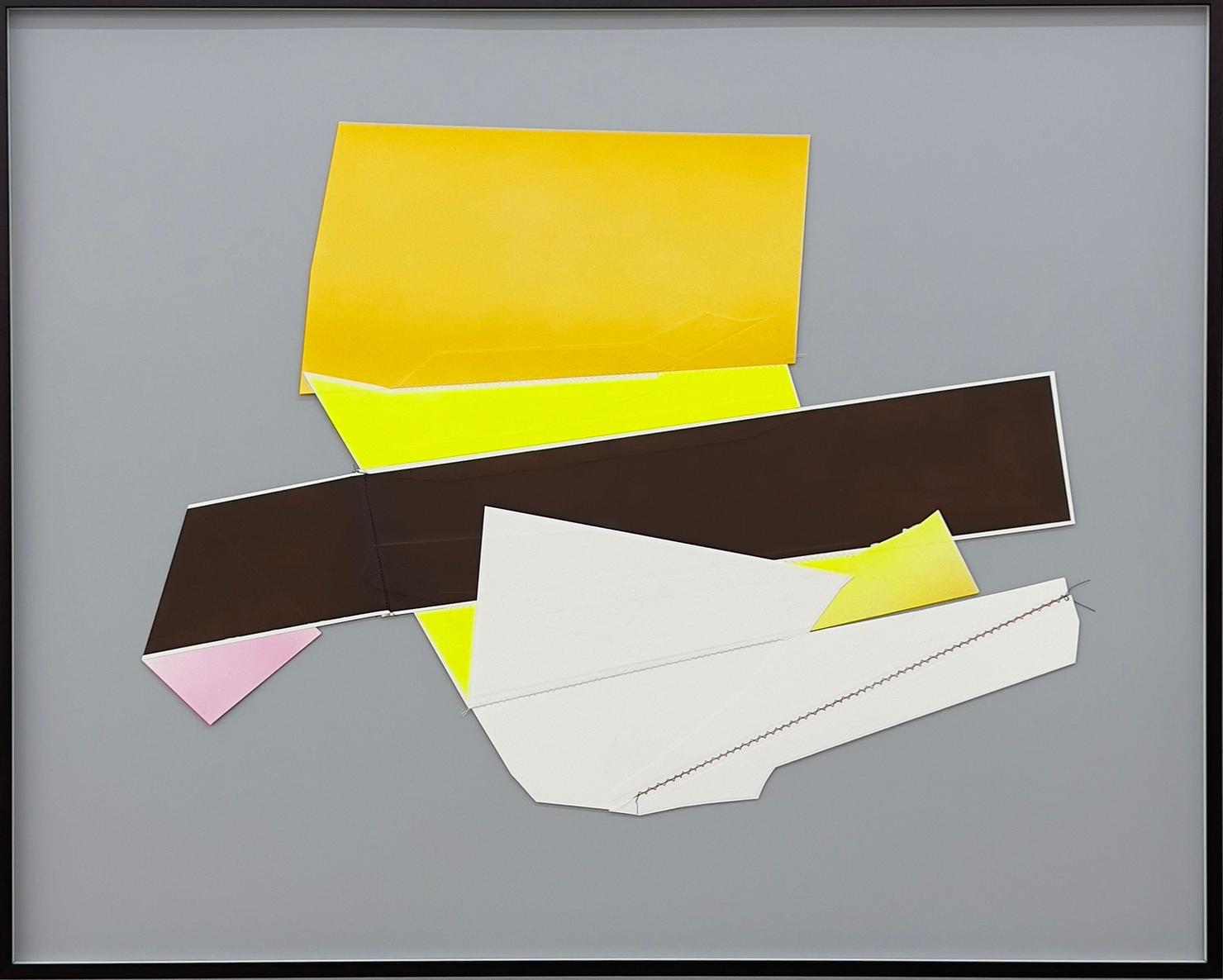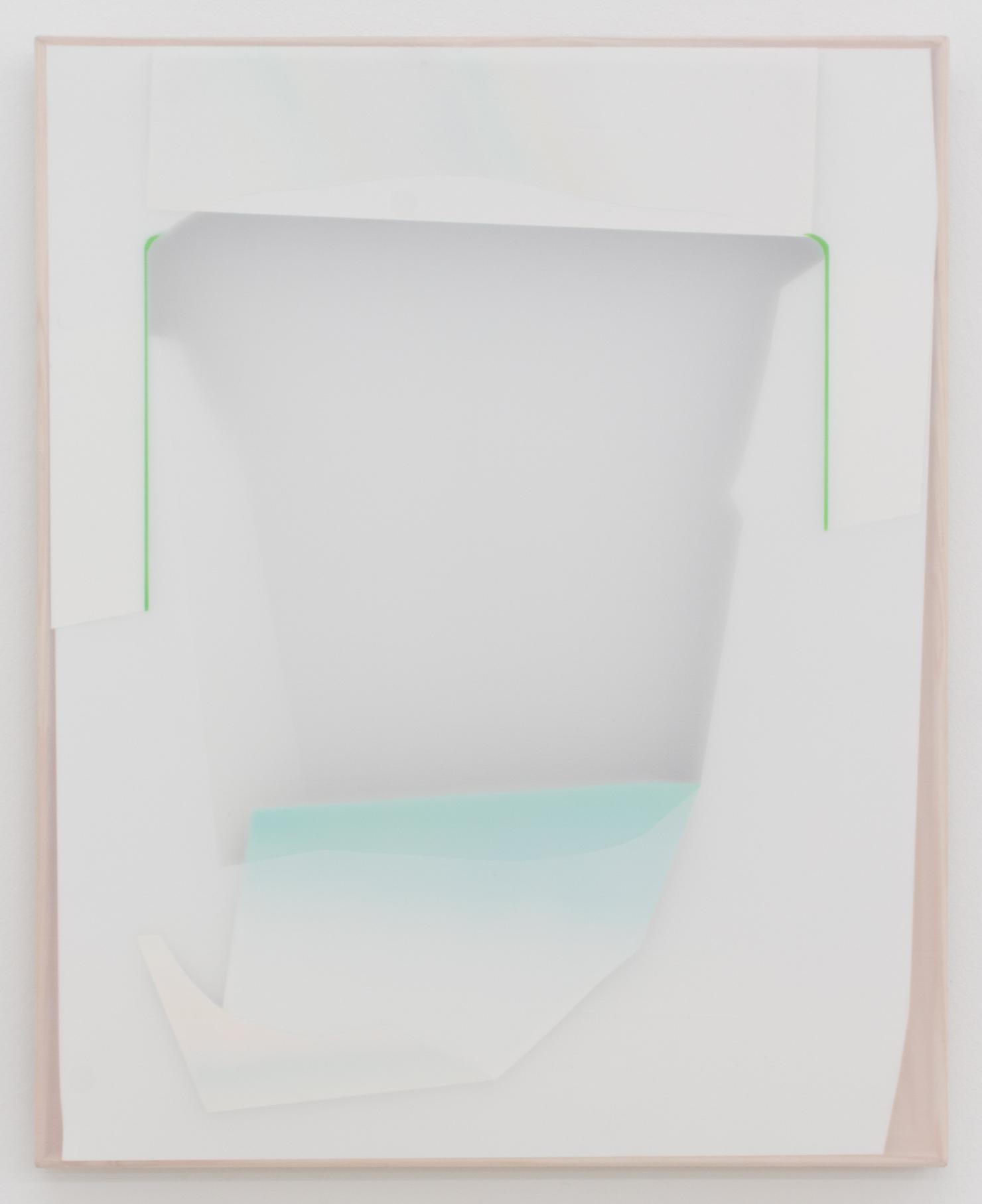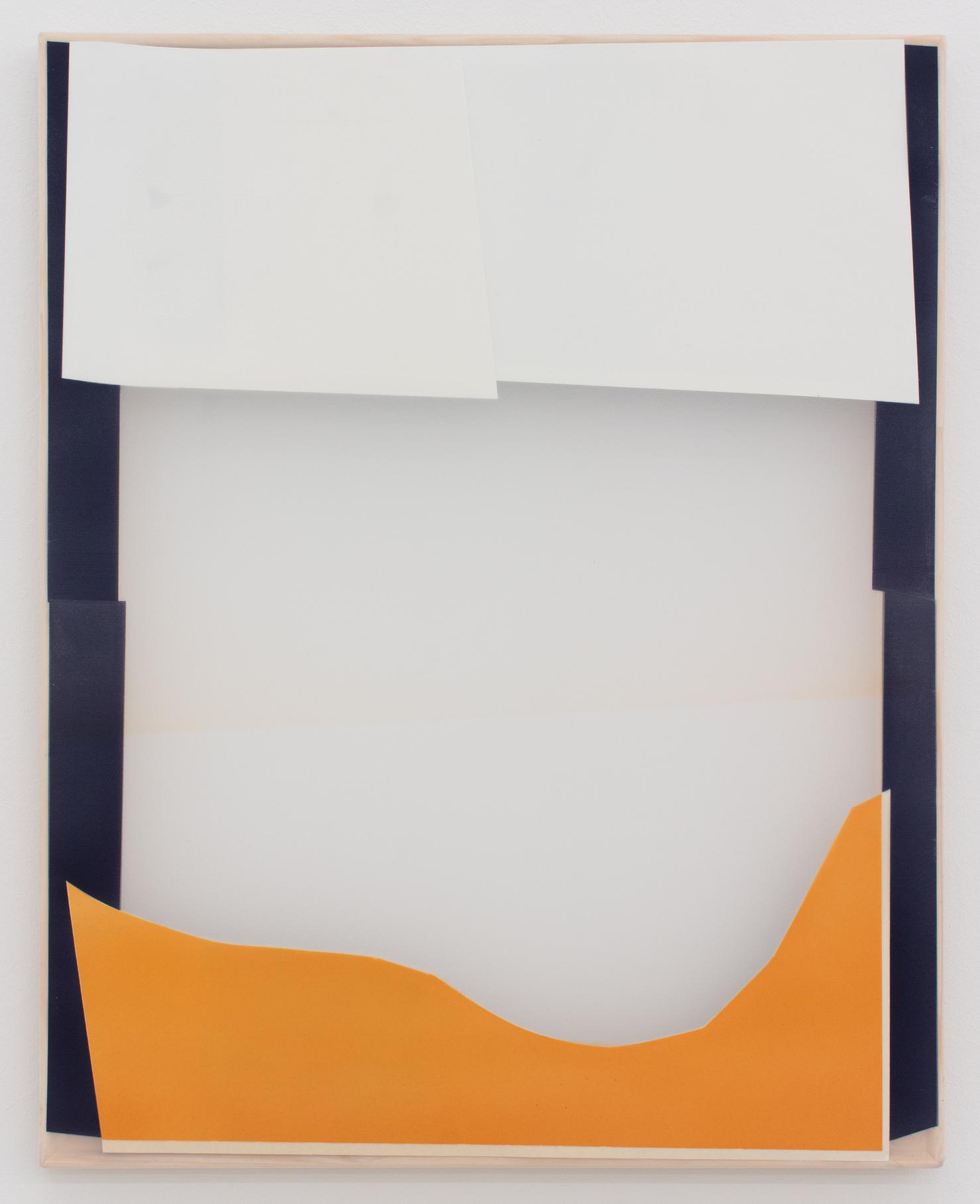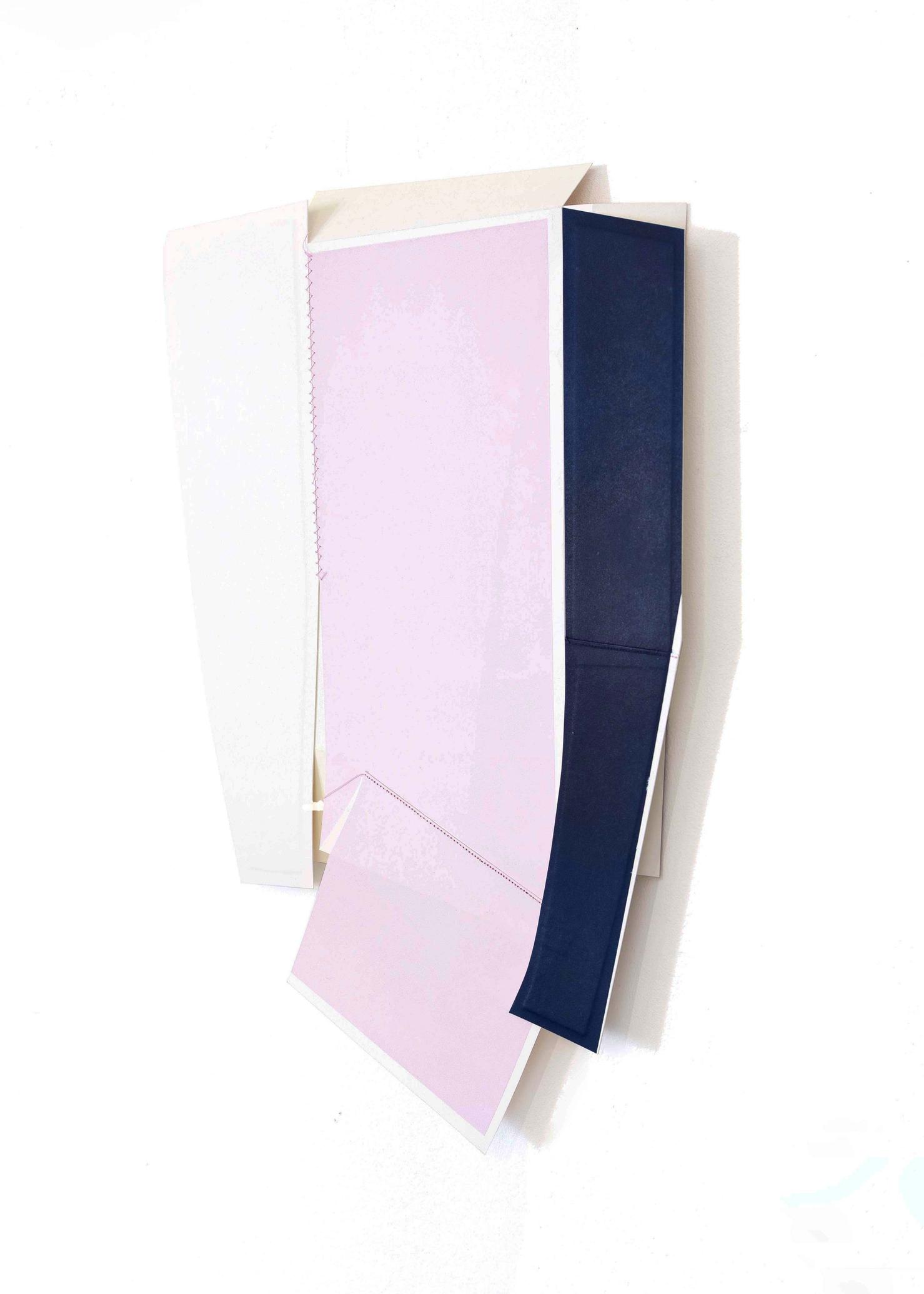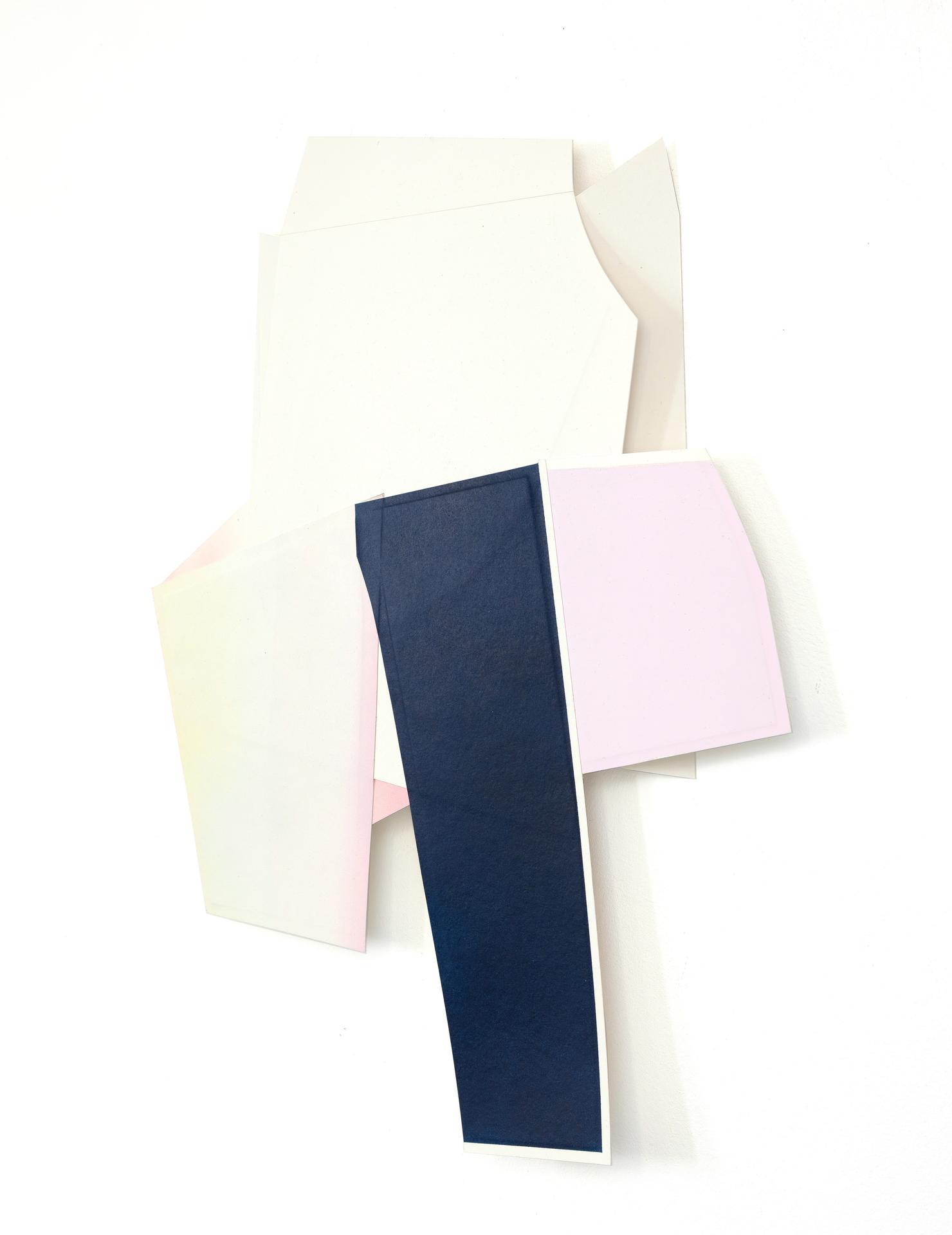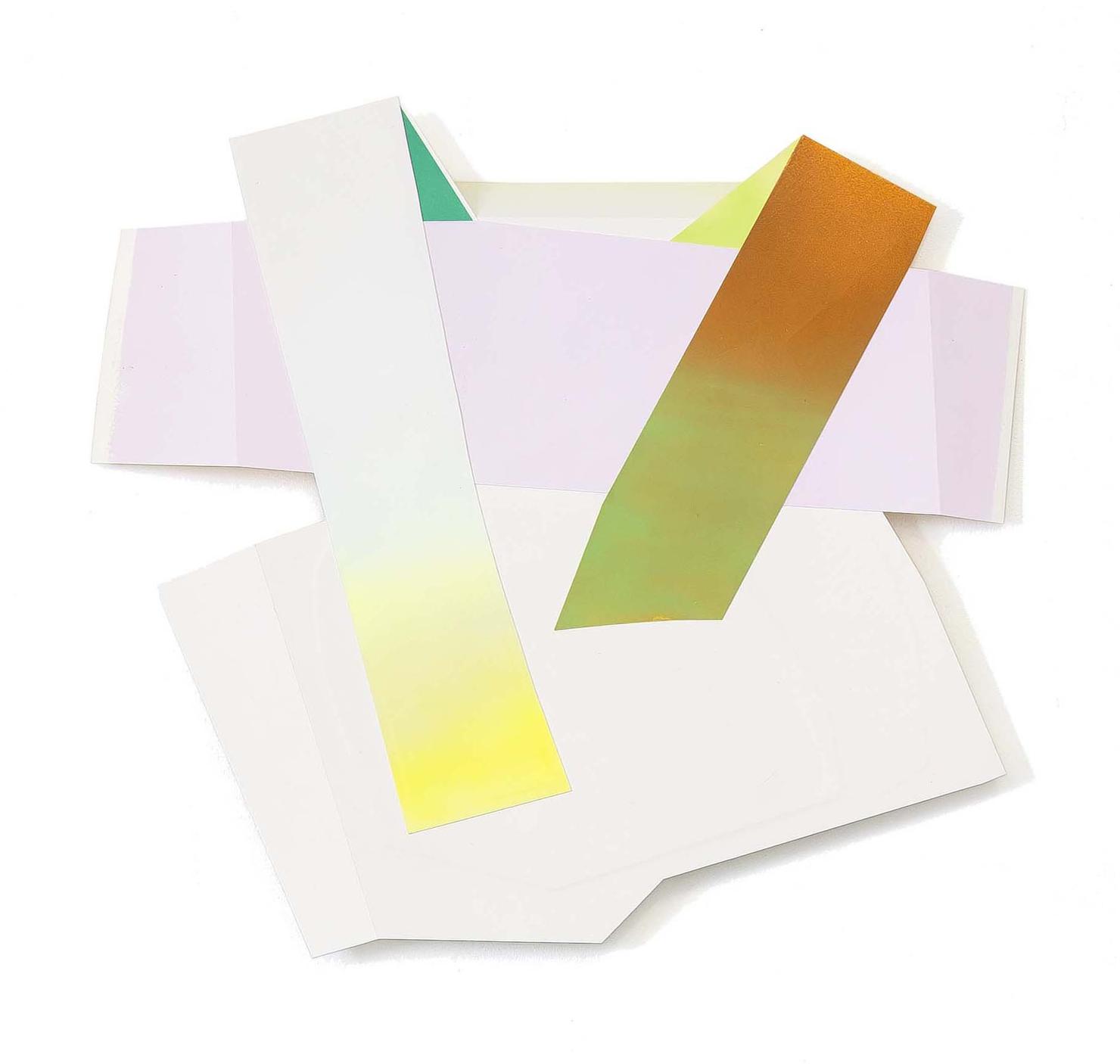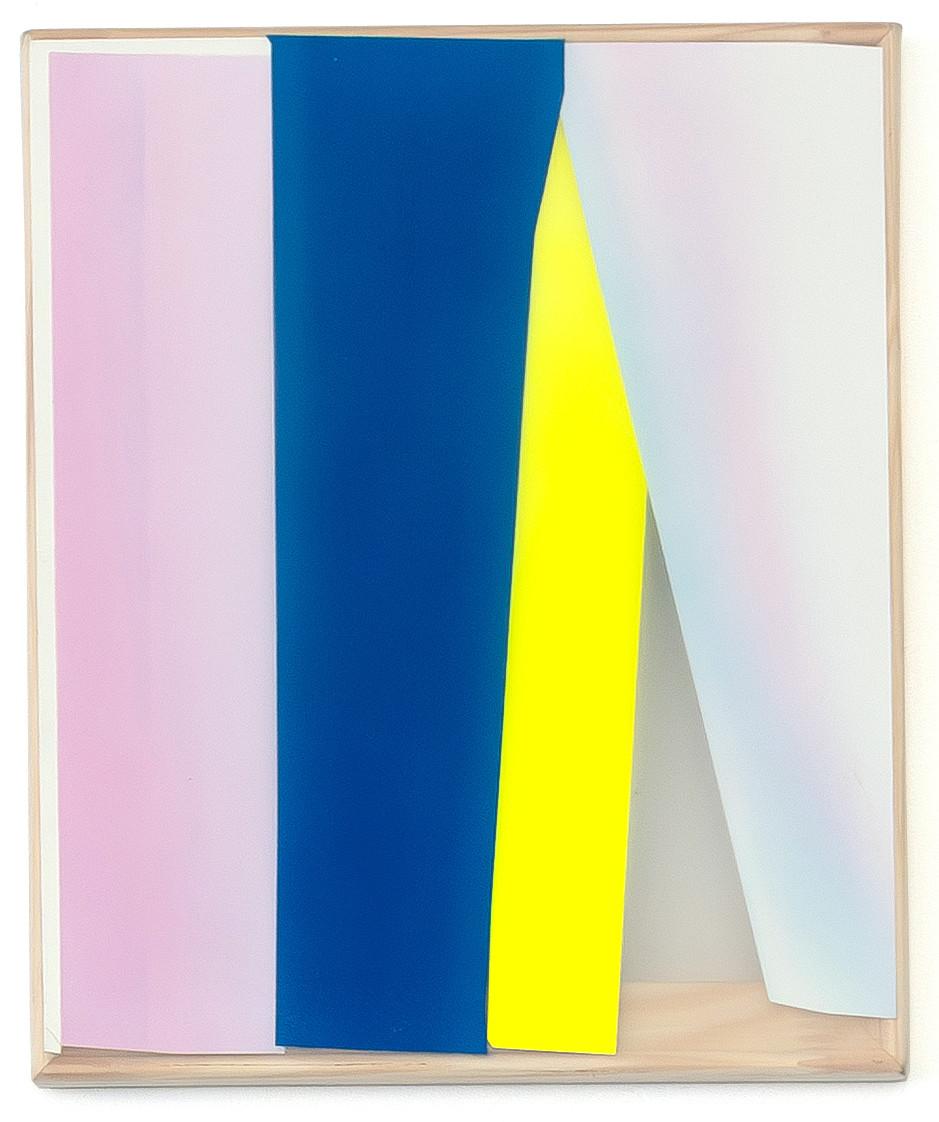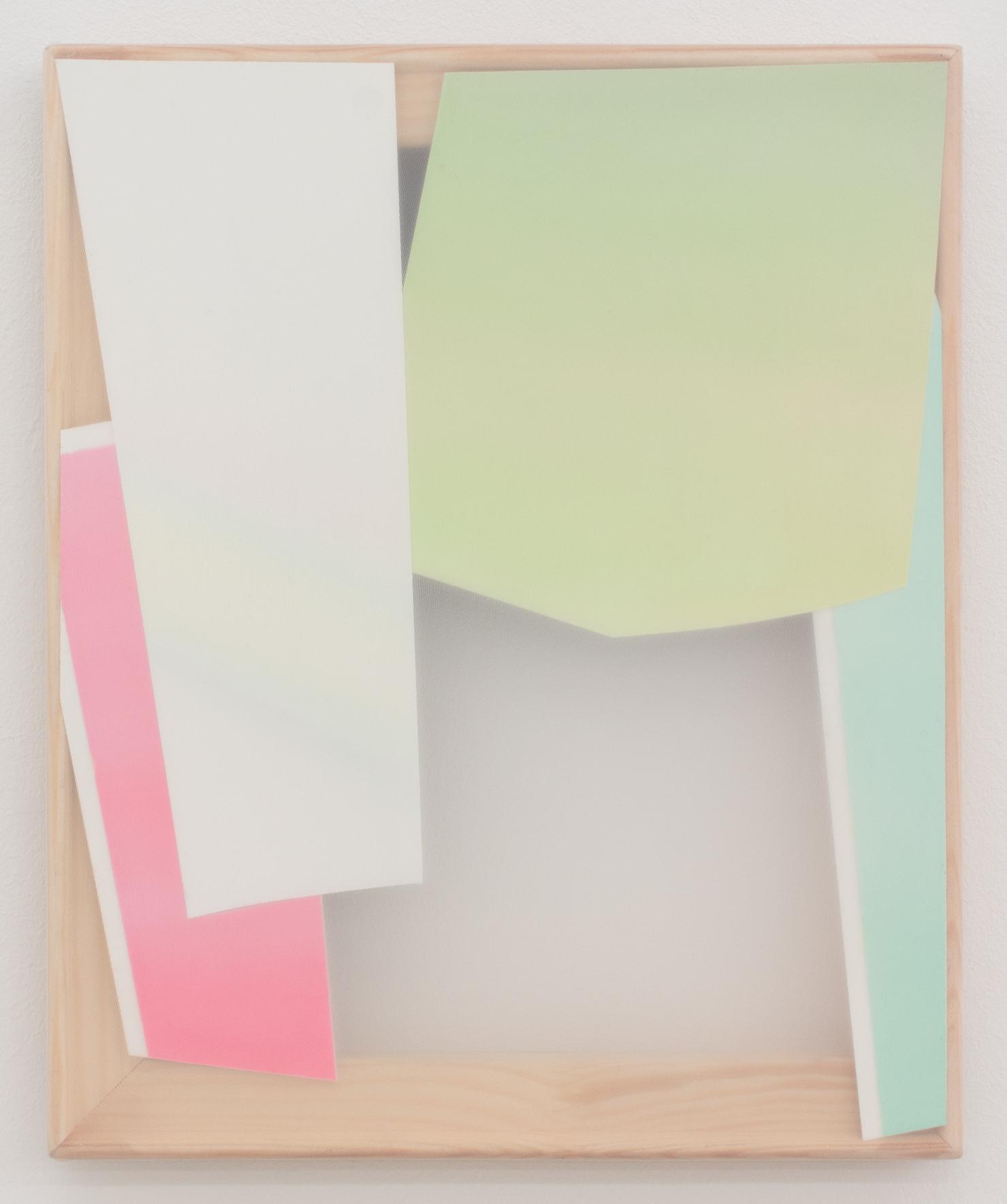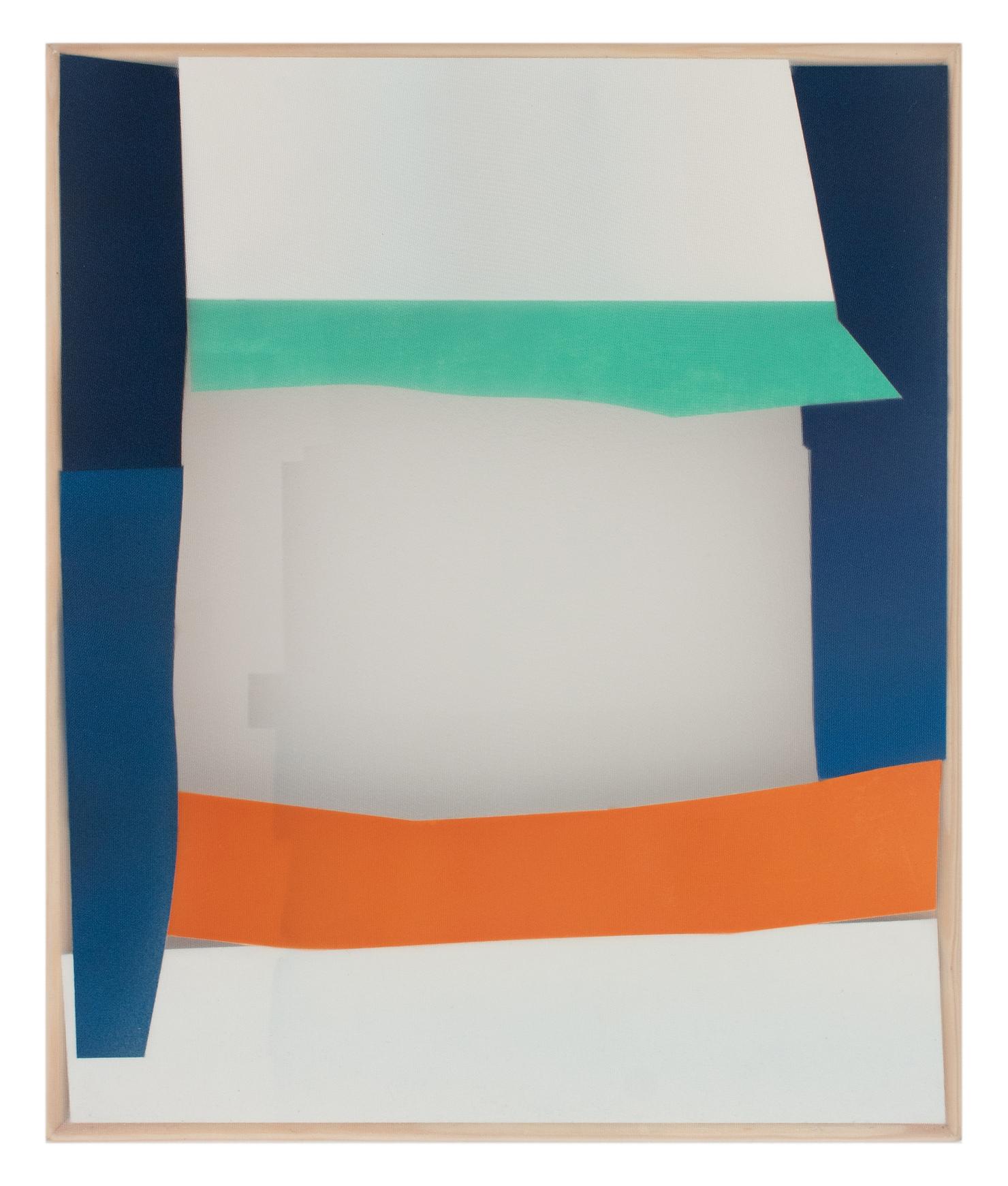Your enquiry email was sent successfully.
Your email was sent successfully.
Your enquiry email for favorites was sent successfully.

Artjom Chepovetsky | folded whispers | Zeichnung in Ausdehnung
Artjom Chepovetskyy
folded whispers
Zeichnung in Ausdehnung (Drawing in Expansion)
Artjom Chepovetskyy's artistic work revolves around the interplay between painting, sculpture, drawing, and space. Based on his observations of urban structures and architectural fragments, he develops an abstract visual language that deliberately transcends traditional genre boundaries. His work is less about depicting than transforming — it condenses, materializes, and constantly seeks new forms in which material, gesture, and space interact.
A key aspect of his practice is his exploration of textile materials. Translucent fabrics such as organza and chiffon, fine layers of paper, and colorful overlays create a visual openness that extends beyond the picture plane. The transparency of the used fabrics allows light, spatiality, and depth to become active components of the work. The textile component not only refers to haptic and structural qualities, but also carries emotional and atmospheric layers. Painting is not understood here as a finished image, but as a process — as a weave of meaning, physicality, and movement.
These sensitive compositions enter into dialogue with a series of ceramic works. Formed from air-drying clay, lines emerge that are reminiscent of strips of paper detached from the wall. Painted with gentle color gradients, they appear like sculptural drawings. Their floating presence on the wall refers to the graphic nature of the sculpture — to a line that has become a solid form. Once again, Chepovetskyy shifts the boundaries of the media and allows painting, sculpture, and drawing to merge.
A third group of works consists of his paper works, which are created using experimental printing techniques. The printed sheets are folded, creased, and released from their rectangular order — thus also entering the surrounding space. They oscillate between surface and volume, between image carrier and object. Presented in frames or directly mounted on the wall as free reliefs, they emphasize the fragility of the material as well as its resilience. Also in these works Chepovetskyy relies on minimal intervention with maximum effect — subtle disturbances that shift the perception.
In all these groups of works, the same question recurs: How can painting become space? How can material convey meaning — not through representation, but through presence? Artjom Chepovetskyy's works answer these questions with subtle gestures, permeable structures, and a consistent refusal to adopt unambiguous forms. What remains is a movement — between media, between states, between the edges of the visible.


